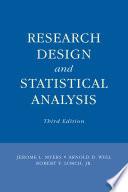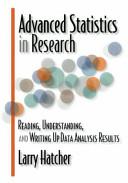
Research Methodology in Management and Industrial Engineering
This book deals with methodological issues in the field of management and industrial engineering. It aims to answer the following questions that researchers face every time they look to develop their research: How can we design a research project? What kind of paradigm should we follow? Should we develop a qualitative / phenomenological research or a quantitative / positivistic one? What technics for data collections can we use? Should we use the entire population or a sample? What kind of sampling techniques can we have? This book provides discussion and the exchange of information on principles, strategies, models, techniques, applications and methodological options possible to develop in research in management and industrial engineering. It communicates the latest developments and thinking on the research methodologies subject in the different areas, worldwide. It seeks cultural and geographic diversity in studies highlighting research methodologies that can be used in these different study areas. This book has a special interest in research on important issues that transcend the boundaries of single academic subjects. It presents contributions that challenge the paradigms and assumptions of individual disciplines or functions, with chapters grounded in conceptual and / or empirical literature. The main aim of this book is to provide a channel of communication to disseminate knowledge between academics and researchers, with a special focus on the management and industrial engineering fields. This book can serve as a useful reference for academics, researchers, managers, engineers, and other professionals in related matters with research methodologies. Contributors have identified the theoretical and practical implications of their methodological options to the development and improvement of their different study and research areas.
- ISBN 13 : 3030408965
- ISBN 10 : 9783030408961
- Judul : Research Methodology in Management and Industrial Engineering
- Pengarang : Carolina Machado, J. Paulo Davim, J. Paulo Davim,
- Kategori : Technology & Engineering
- Penerbit : Springer Nature
- Bahasa : en
- Tahun : 2020
- Halaman : 154
- Google Book : https://play.google.com/store/books/details?id=YJXWDwAAQBAJ&source=gbs_api
-
Ketersediaan :
008016 Tersedia di Library of UI BBC
This book deals with methodological issues in the field of management and industrial engineering.









